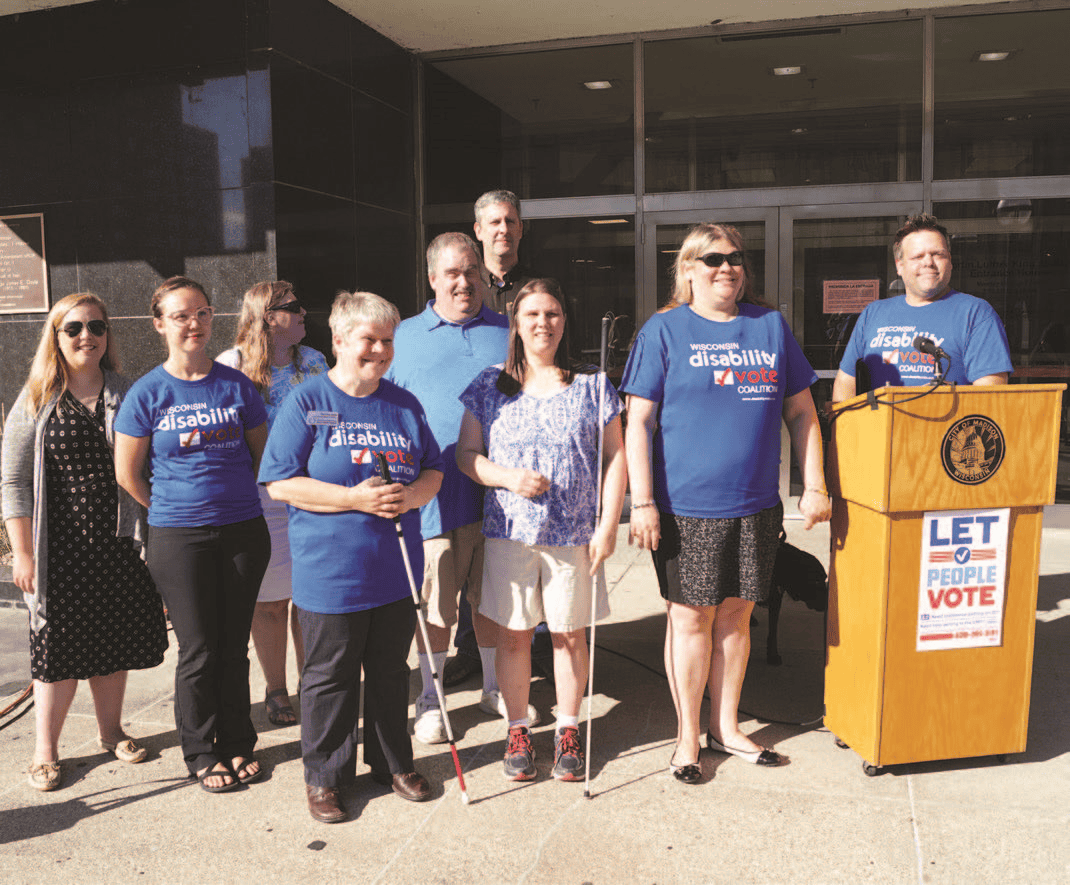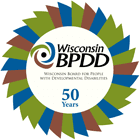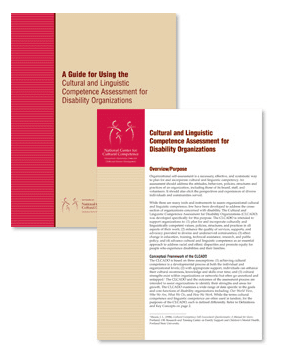Building Community Relationships:
States
Why Building Community Relationships is Important to States
Building community relationships is an integral part of the operations of state agencies, playing a crucial role in shaping policies, programs, and services that impact the lives of individuals with disabilities within a state. It is imperative for state agencies to recognize the value of engaging with various community members, including individuals with lived experience, families, community organizations, and advocacy groups, and to ensure that the decisions made align with the needs and preferences of the people they serve.
Community relationships at the state level should include these levels of engagement; inform, consult, involve, collaborate and empower. State agencies can use all or some of these levels of engagement depending on what goals they are trying to achieve. It is important for states to have a community relationship framework in place around engagement and that it be consistently implemented when seeking input(1).
State agencies should view building community relationships as a continuous and dynamic process that empowers communities, fosters collaboration, and leads to more effective governance. By embracing inclusivity, transparency, accessibility, and respectful communication, state agencies can ensure that their decisions and initiatives serve the interests and well-being of the people they represent and serve.
(1) WPIC_DCFS_Stakeholder_Engagement_Toolkit.pdf (advancingstates.org)
How States Can Build Community Relationships
Transparency and Accountability: Involving community members in decision-making processes fosters transparency and accountability in government operations. It helps build trust among the public and ensures that their actions align with the best interests of the community.
Community Building: Engaging with community members fosters a sense of shared responsibility. It encourages collaboration between state agencies, people with disabilities, families, and organizations, creating a collective effort to address complex issues.
Quality Improvement: Regularly seeking input and feedback from community members helps identify areas for improvement in the delivery of services. This feedback loop promotes continuous quality improvement, leading to better outcomes and greater client satisfaction.
Compliance with State and Federal Regulations: Home and community-based waiver programs are subject to federal regulations, such as those set by the Centers for Medicare & Medicaid Services (CMS). Many of these regulations require active community engagement as part of program implementation and monitoring, ensuring compliance with federal standards.
Program Effectiveness: Engaging community members allows state agencies to assess the effectiveness of their programs and make necessary adjustments. This includes evaluating program outcomes, cost-effectiveness, and overall impact on the well-being of clients and communities.
Policy Development: input is valuable in shaping policy and regulatory
changes that impact home and community-based waiver programs. Involving a diverse range of perspectives helps create policies that are inclusive and responsive to the needs of various populations.
Public Support and Advocacy: Engaging community members can lead to
increased public support for the state’s initiatives. Advocacy groups and community organizations can play a crucial role in advocating for funding and policy changes that benefit individuals with disabilities and older adults.
Cultural Competency: Understanding and respecting the cultural, linguistic, and social backgrounds of clients is essential. Community relationships help agencies gain insights into the diverse needs and perspectives of their clients, facilitating culturally competent care.
Long-Term Sustainability: By involving community members in decision-making processes, state government divisions can build stronger relationships and foster a sense of ownership and investment among communities. This can contribute to the long-term sustainability and success of home and community-based waiver programs.
Tools for States
Community Conversations – Community Conversations are a highly effective way to bring people together to raise awareness and identify partnerships and solutions to issues affecting the lives of people with disabilities. Wisconsin has successfully used the guide developed by the Waisman Center to host Community Conversations in Living Well and a number of other disability-focused projects, which have resulted in positive impacts on attitudes, engagement, and collaboration.
Statewide Community of Practice – A community of practice involves bringing together different community members to work on an issue or interest. Meeting can help build capacity to create policies, practices, and systems to better assist and support people with disabilities and their families.
Cultural Competence Organizational Self-Assessment – The completion of a self-assessment on cultural competency will lead to a strategic organizational plan including how to engage community members more effectively. This assessment was developed by the Georgetown Center on Cultural Competency.
Focus Groups – Organize focus group discussions with specific community groups to delve deeper into particular issues or topics. Focus groups allow for interactive discussions and can provide in-depth qualitative data.
Partnerships with Community Organizations – Collaborate with community +++organizations, advocacy groups, and nonprofits to leverage their expertise and reach in building community connections.
Public Hearings and Public Comment Periods – Host public hearings, town hall meetings, or webinars where community members can voice their opinions, ask questions, and provide input on program policies and initiatives. Establish formal
public comment periods when proposing program changes or new policies, allowing community members to submit written feedback or comments.
Regular Updates and Newsletters – Send regular program updates and newsletters to community members to keep them informed about program developments and activities. This could be through the use of listserv or a monthly newsletter to communities.
Surveys and Feedback Mechanisms – Implement surveys, feedback forms, and other mechanisms to collect input from community members on specific topics or issues. Use these to collect input and feedback from community members,
including clients, caregivers, advocacy groups, and service providers. Set up dedicated community surveys and feedback portals on program websites to provide a convenient way for community members to submit their input and comments.
State Member Advisory Boards – Create robust advisory boards or councils composed of representatives from various groups to provide ongoing input and guidance. These groups can meet regularly to provide ongoing guidance and input on program development and implementation and should be open to the public.
Social Media and Online Engagement – Utilize social media channels and online communities to engage with community members, share information, and solicit feedback. Platforms like Facebook, Twitter, and LinkedIn can be valuable for outreach.
Reflection Activity
Download the Reflection Activity to make your Building Community Relationships Action Plan!
Real Lives. Real Connections.
A key element of Wisconsin’s Living Well initiative was the statewide consortium,
which met three times a year, bringing together project staff, partners, providers, self-advocates, state agencies, and community members. These meetings, with 40 to 50 participants, aimed to develop a sustainable model for capacity building and community monitoring to support individuals with I/DD living in the community. The consortium also facilitated sharing insights from pilot sites, scaling strategies, and fostering valuable
networking and relationship-building among diverse partners.



